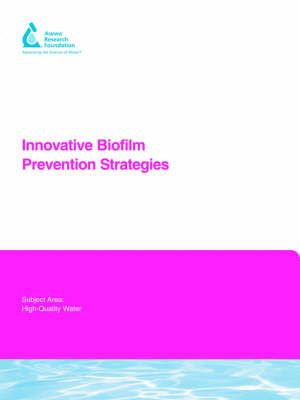Biofilms are ubiquitous in drinking water distribution systems, regardless of the type of treatment or disinfection employed by a utility. In general these biofilms pose no direct health threat unless their growth becomes excessive or pathogens that are inadvertently introduced into a distribution system become part of the biofilm microbial community. While biofilm can cause problems associated with taste and odor or corrosion, the possible presence and persistence of opportunistic pathogens within the biofilm may be the most important concern. Current methods employed to minimize biofilm include the use of residual disinfectants, reduction of organic matter or inorganic electron donors (e.g. ammonia) in the water, use of pipe materials and coatings that reduce the amount of biofilm accumulation, frequent flushing of pipelines, and the practice of corrosion control treatment when corroded iron pipes are present. New strategies for the control of biofilm are being discovered and tested in a wide variety of settings, but generally not within the context of drinking water distribution systems. It is therefore important to investigate the most promising new biofilm control strategies to determine their applicability to the very complex drinking water distribution system environment. The goal of this research was to investigate novel biofilm control strategies and technologies that could possibly be applied to drinking water systems. The intent of the research was to serve as an exploratory look at new control options and determine if any could warrant. Originally published by AwwaRF for its subscribers in 2004.
- ISBN10 1843399040
- ISBN13 9781843399049
- Publish Date 31 May 2005
- Publish Status Out of Print
- Out of Print 2 March 2017
- Publish Country GB
- Imprint IWA Publishing
- Format Paperback
- Pages 108
- Language English
